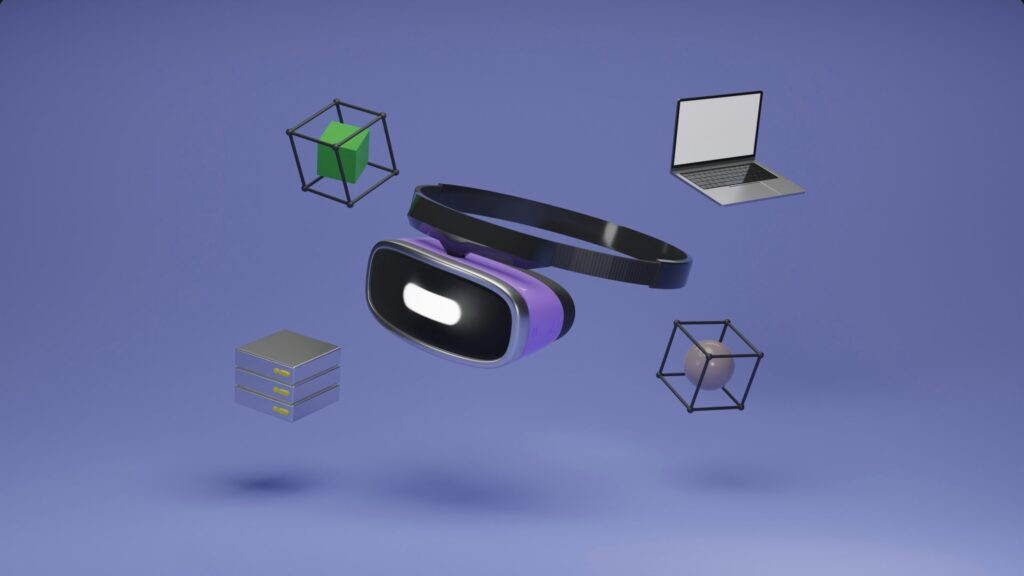CES 2025, one of the largest and most influential tech events in the world, once again captured the attention of tech enthusiasts, investors, and innovators alike. Hosted in Las Vegas, this year’s event featured the latest advancements from major companies like Samsung, Sony, Intel, and more. The focus was on cutting-edge technologies that promise to redefine how we interact with our digital environments, from artificial intelligence (AI) to wearable devices and smart home solutions. In this article, we dive into the most exciting product unveilings and key trends that are shaping the future of tech.
The Growing Role of AI in Everyday Tech
One of the most notable trends at CES 2025 was the increasing integration of AI across a wide range of devices. Leading the charge were tech giants like Samsung and Intel, both of which showcased products that use AI to enhance user experiences. Samsung introduced an AI-powered personal assistant that goes beyond traditional voice commands, learning from users’ behaviors to proactively suggest actions and control smart devices. This assistant can seamlessly connect with everything from appliances to home security systems, offering personalized recommendations and real-time optimizations for daily tasks.
Intel also revealed advancements in AI-powered processors that enhance device capabilities, particularly in smartphones and laptops. The new processors promise to improve battery efficiency while enabling faster, more accurate AI tasks like voice recognition, real-time translation, and content creation. These innovations suggest that AI will continue to play a pivotal role in the evolution of both consumer and business technology, blurring the lines between human and machine interaction.
Wearable Devices: The Future of Health and Connectivity
Wearable technology also took center stage at CES 2025, with several companies unveiling new gadgets that not only track fitness but also focus on overall health and well-being. Sony’s latest smartwatch, for example, features advanced health monitoring capabilities, including a sensor that can measure blood oxygen levels, glucose fluctuations, and even stress levels. This smartwatch is designed to offer users insights into their overall health and make proactive suggestions based on real-time data.
Additionally, several companies debuted AR glasses that integrate with wearables to enhance daily tasks. These glasses are equipped with miniaturized displays and sensors that allow users to access information without looking at their phones, creating a more seamless experience between digital and physical worlds. As wearable devices continue to advance, they are poised to become an even more integral part of our daily lives, offering everything from fitness tracking to augmented reality experiences.
The Future of AR and VR: Immersive Technologies for Work and Play
The realm of augmented reality (AR) and virtual reality (VR) has evolved significantly, with major strides made at CES 2025. Sony introduced the PlayStation VR 2, a headset designed to deliver ultra-realistic gaming experiences with enhanced motion tracking and haptic feedback. The new VR system is designed to bring users into games like never before, with graphics and gameplay that blur the lines between reality and the virtual world.
Meanwhile, Intel’s demonstration of its next-generation AR glasses showcased how this technology can be integrated into both work and play. These glasses are designed to offer real-time information, like navigation directions or live data feeds, directly in the user’s line of sight. For businesses, this technology has the potential to revolutionize industries such as healthcare, logistics, and education by providing instant access to critical information in real-world environments. For consumers, the entertainment possibilities are vast, ranging from virtual concerts to immersive shopping experiences.
Smart Home Technology: Seamlessly Connected Living
Smart home technology reached new heights at CES 2025, with innovations that promise to make homes more connected, efficient, and secure. Samsung unveiled a new line of smart appliances that use AI to adapt to user preferences. For example, their new smart fridge can not only track groceries and suggest recipes based on what’s inside, but it can also connect with other devices in the home to optimize energy usage. Similarly, home security systems powered by AI now offer facial recognition and predictive threat detection, making it easier to secure homes and keep loved ones safe.
Intel also introduced a platform that allows for even deeper integration of smart devices in the home, making it easier for users to control lighting, heating, and security systems from a central hub. These innovations further solidify the concept of a smart home, where everything from lighting to entertainment can be controlled through AI, enhancing convenience and comfort.
Looking Ahead: The Future of Tech
CES 2025 demonstrated the growing importance of AI, wearable tech, and immersive experiences in shaping the future of technology. As AI becomes more deeply integrated into everyday devices, it will redefine how we interact with the world around us. Wearables, now capable of providing real-time health insights, will become increasingly essential for those focused on well-being. At the same time, AR and VR are pushing boundaries in entertainment, work, and education, creating more immersive and interactive experiences than ever before.
The smart home continues to evolve, with devices becoming more interconnected and capable of learning user preferences, making daily life more efficient and enjoyable. As these technologies continue to advance, CES 2025 confirmed that the future of tech is not only about innovation but also about creating seamless, personalized experiences that enhance the way we live, work, and play.


